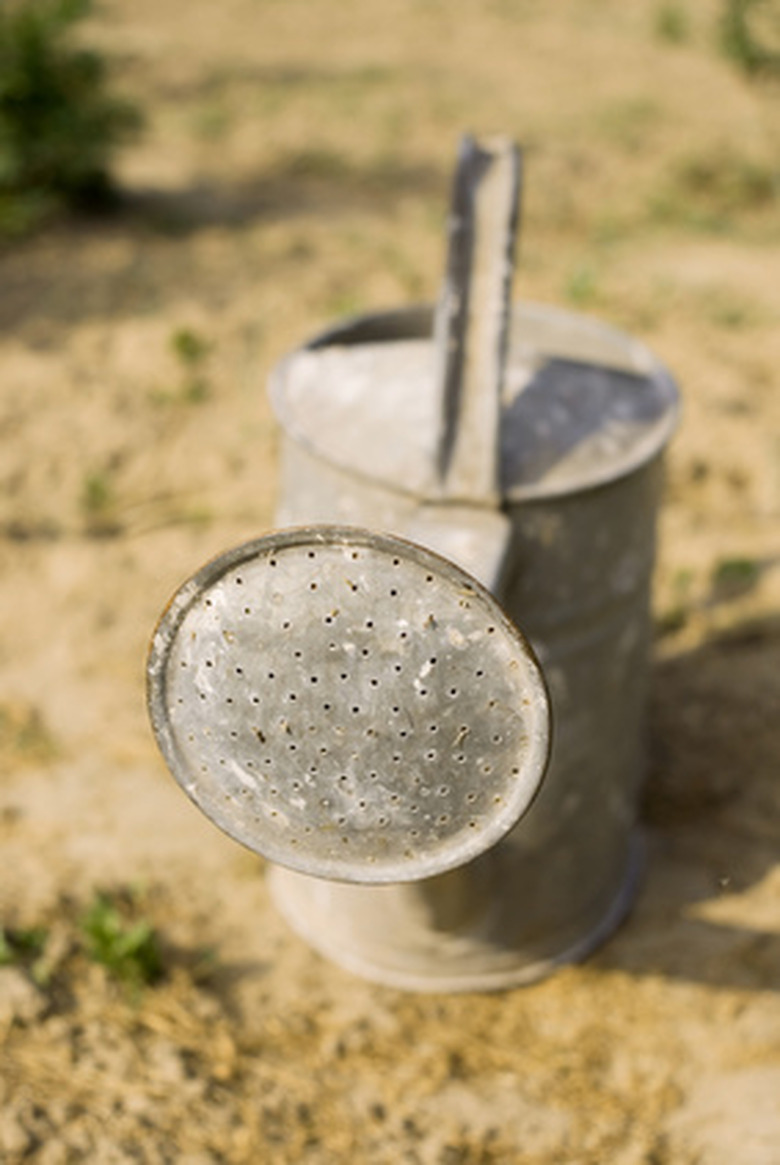Spiderwort Plant Care
Spiderwort grows wild in the prairies of the United States and in the fields in England. It blooms in late spring and early summer with beautiful purple to blue flowers. It is known by many names, including day flower, Job's tears, widow's tears and spider lily. It is called trinity flower because of the three petals of the flower symbolizing the Father, Son and Holy Spirit. One of the more interesting names it has is cow slobber.
Origin
The scientific name for spiderwort is Tradescantia, and it is named after John Tradescant. He was the gardener for Charles I, King of England. Tradescant brought the seeds to America from his native England.
- Spiderwort grows wild in the prairies of the United States and in the fields in England.
- The scientific name for spiderwort is Tradescantia, and it is named after John Tradescant.
Description
The leaves of spiderwort fit right in with meadow grasses, being long with some varieties growing higher than knee high. The leaves are green and lance shaped and grow upward until they grow another joint, then grow sideways and upward again. The flowers have three petals and six stamens and bloom in the morning, closing up if the sun gets too strong. The flower blooms only once, then dies, but each stem produces over 20 flowers that bloom at different times. Flowers are most frequently blue or purple, but there are varieties that bloom in pink, rose or white as well.
Propagation
The easiest way to propagate spiderwort is to divide an existing plant and replant the division. This should be done either in the spring or fall. Stem cuttings will also produce a plant. Cut a stem late in the season. Dip it in rooting hormone, then place it into a small pot with planting medium up to the base of the leaf. Keep the pot moist, and in about two months the plant should have rooted. Seeds can also be planted.
- The leaves of spiderwort fit right in with meadow grasses, being long with some varieties growing higher than knee high.
- The flowers have three petals and six stamens and bloom in the morning, closing up if the sun gets too strong.
Soil and Sun Requirements
Spiderwort requires well drained but moist garden soil. It grows the best in a rich soil with a pH of 5 or 6, but it will grow just about anywhere. The plants like to be in the shade, since the flowers do not like to stay open in the heat of the sun, but there are some varieties that like being in the sun.
Planting
Sow seeds in the garden in the early spring or late in the fall. Cover them lightly with a light soil mix and tamp down. Space the seeds about four to eight inches apart. When planted in the spring, it can take 10 days to six weeks for the seeds to germinate. It is better to plant them in the fall and let them go through the cold period. Divisions of older plants can be planted either in early spring or in autumn.
- Spiderwort requires well drained but moist garden soil.
- It grows the best in a rich soil with a pH of 5 or 6, but it will grow just about anywhere.
Care
Water regularly if there is no rain. Once it seems to stop flowering, cut the plant back to about three-fourths of its height. It will grow during the summer and bloom again in the fall. Divide the plants every three years. If this is not done, the plants will get entirely too big and may even stop blooming. Spiderwort spreads and can be somewhat invasive. It spreads through underground threads and forms a colony of clumps.
- Water regularly if there is no rain.
- If this is not done, the plants will get entirely too big and may even stop blooming.
Interesting Facts
Break a leaf and hold it until a little drop of sap starts to form. Touch the drop with a finger and pull away from the stem. The sap is very gooey, and you can stretch it far away from the plant. It looks somewhat like a spider web. It also looks like cow slobber, which is how it got that name.
Tropical spiderwort is not in the same family and is totally different.




